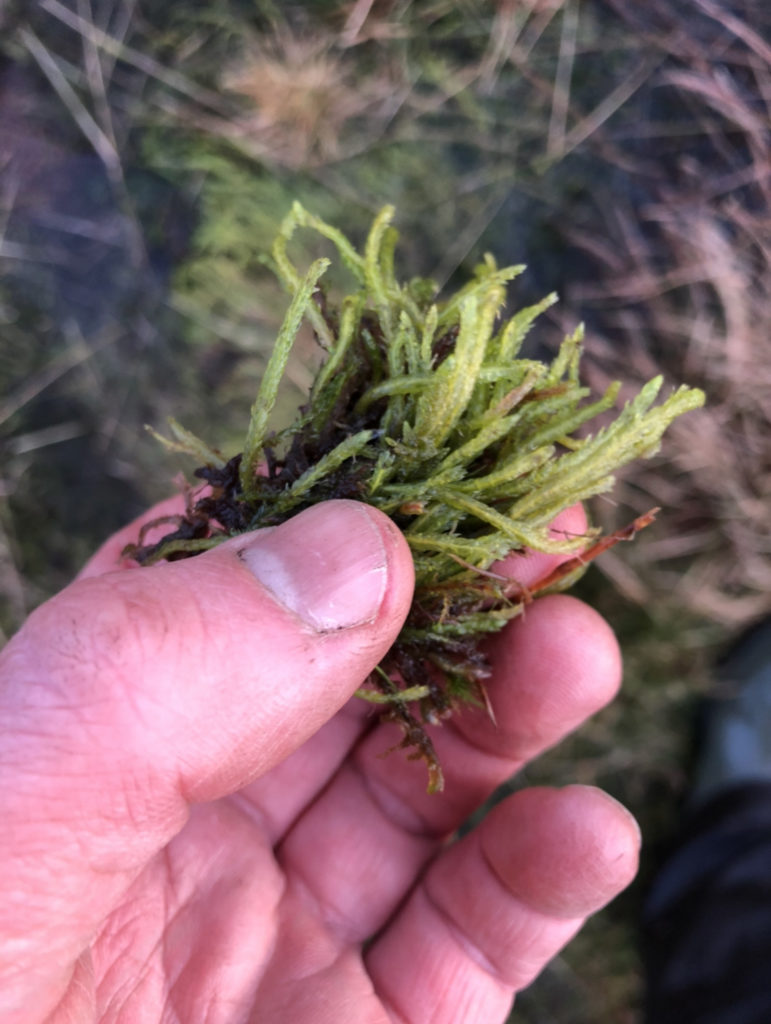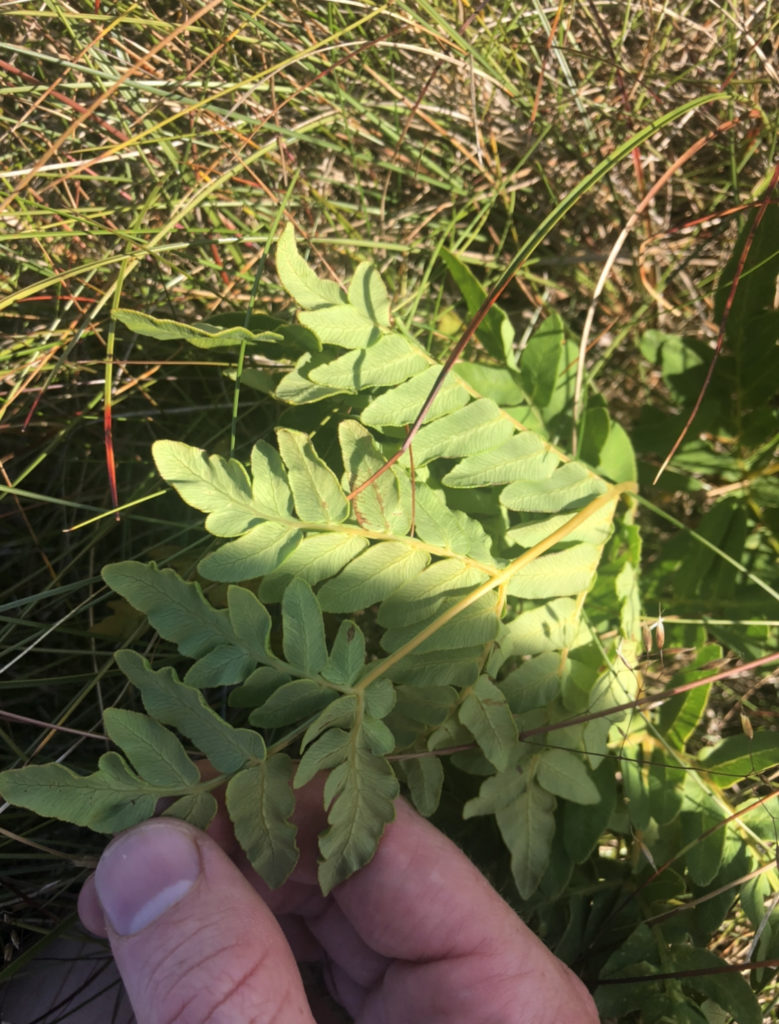15 April 2022
What I’ve found since starting to look into the research project is that I’m finding hidden opportunities to get involved with the work at RSPB Dove Stone. This is simply because I’ve been asking questions which have led to responses “well why don’t you come and help with this other project and see for yourself’. I’m really enjoying the flexibility and variety to get involved with different tasks and gain a range of experiences which are both relevant and interesting to me.
I recently joined up with a new volunteer monitoring group, led by warden Gareth.
Today’s provided volunteer snacks/bribes were vegan custard donuts. Fortunately, not everyone wanted one, so I ate more than my stomach could handle which I believe is the appropriate amount.
Our task for the day was to measure peat depth down to the bedrock, so that metal rods could be cut to size for monitoring purposes. ‘Rust rods’ are used to monitor water table range, with the rods only rusting between the highest and lowest points. ‘Surface-level rods’ are used to monitor whether the peat depth is increasing or decreasing, with a large washer marking the surface height at a certain date which can then be compared with later observations. These rods are being installed alongside dipwells (another water table monitoring method) to monitor the effect of peat bunds which are being installed. Peat bunds are a relatively new technique which are being implemented and monitored in partnership with Moors for the Future. The aim is to raise the water table levels and improve the condition of a peat bog.
FIELD BOTANY
I’m interested in the botany on site, so during a sphagnum planting day was asking lots of questions about the plants around us, particularly the mosses. Assistant warden, James was kind enough to stay behind with me when the work was completed and talked me through various plants and lichens.
To point out just a few things, we observed alpine club moss, a range of sphagnum mosses, liverworts, ferns, lichens, invasive spruce trees, heather, bilberry, and cotton grasses/sedges.
It was really nice to learn from someone who was knowledgeable and enjoyed sharing that information, even though he had no specific obligation to do so.
This made me think about the fact that volunteers need to get something out of the time they put in. Obtaining knowledge and gaining experiences must be large factors for why most people do it, so it makes sense to ensure that volunteers are gaining these things. It also made me consider the fact that providing volunteering opportunities to the public doesn’t just help the RSPB complete certain projects. The volunteers gain from it too. They can become highly knowledgeable and more enthused advocates for nature, which can further reach the wider society when they share this with family and friends. This benefits the individuals it touches and shapes the publics opinions in favour of looking after our environment. I’d say that’s a win-win all around.
ALIEN TREES!!
One of my tasks is to combat invasive Sitka spruce trees. It seems that now that I’ve learnt a bit about the local botany I’ve decided to destroy it. But for good reason. Sitka spruce are peppered across the landscape after self-establishing their seeds via wind from nearby plantations. They serve no ecological benefit in this environment – except maybe as a navigational aid for walkers and the brown hare who leave piles of poop at the base. These trees adversely impact the habitat by drawing water from the peat and transpiring it into the atmosphere, contributing to drying it out. Whenever I’m on the hill for conservation works or research, I carry a folding saw and gloves so that I can cut down any Sitka spruce I find. Some native trees are highly beneficial to peatlands, particularly in cloughs (steep sided valleys) in which they can stabilise the ground, prevent soil slippage and slow water flow. There is a distinct lack of woodlands in the cloughs on site but new trees have been planted in recent years.

REFERENCES
- Rust rods and peat depth rods: https://www.iucn-uk-peatlandprogramme.org/sites/default/files/2019-08/Eyes%20on%20the%20Bog%20Manual.pdf
- Peat bunds: https://www.moorsforthefuture.org.uk/our-work/our-projects/moorlife2020/conservation-works/moorlife-2020-bunds-trial
- Sitka spruce: https://www.moorsforthefuture.org.uk/the-latest/recent-news/moorlife-2020/all-i-want-for-christmas-is-a-healthy-blanket-bog-removing-invasive-sitka-spruce




